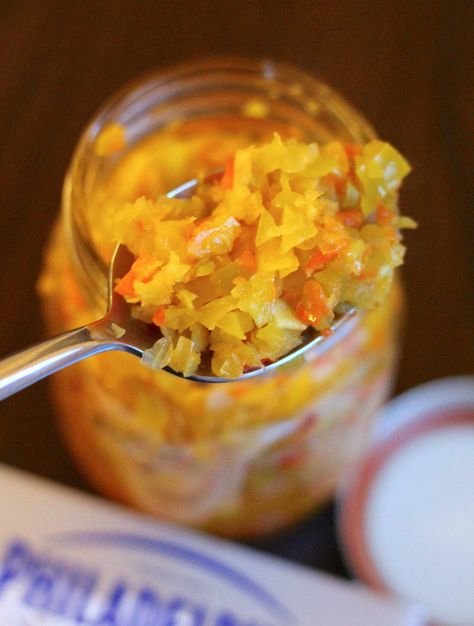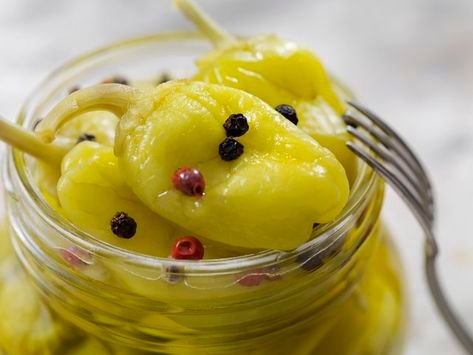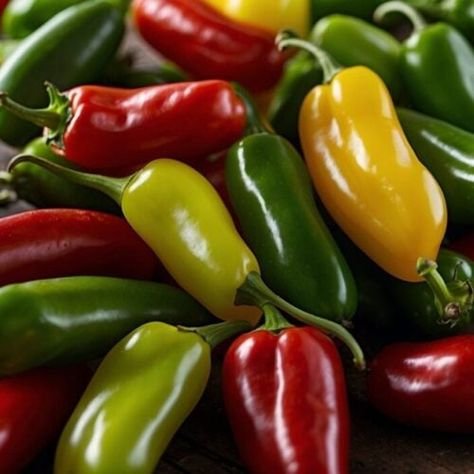Pepperoncini is a type of chili pepper known for its mild heat and slightly tangy flavor. It is a popular ingredient in Mediterranean and Italian cuisines, often found pickled and served with sandwiches, salads, and pizzas. Unlike extremely hot chili peppers, pepperoncini offers a balanced taste that enhances a dish without overwhelming it. Its versatility in cooking makes it a favorite among chefs and home cooks alike.
Table of Contents
Pepperoncini: Origin and History
The pepperoncini originates from Italy and Greece, where it has been cultivated for centuries. The name “pepperoncini” is derived from Italian, where it refers to small, mildly spicy peppers. Over time, pepperoncini has gained popularity worldwide, especially in the United States, where it is commonly found in salads and sandwiches. Due to its adaptability, the pepperoncini has been incorporated into various global cuisines, proving its significance beyond its native regions.
Pepperoncini: Nutritional Benefits and Health Advantages
Eating pepperoncini can provide several health benefits. These peppers are low in calories and contain essential vitamins and minerals. Here are some key nutritional benefits of pepperoncini:
- Rich in Vitamin C: Pepperoncini is a great source of Vitamin C, which helps boost the immune system and promotes skin health.
- Contains Capsaicin: While not extremely hot, pepperoncini does contain capsaicin, which has anti-inflammatory and metabolism-boosting properties.
- Good Source of Fiber: Consuming pepperoncini can aid in digestion and promote gut health.
- Low in Calories: Since pepperoncini is low in calories, it can be included in weight-loss diets without adding unnecessary calories.
Pepperoncini: Different Varieties and Their Uses

There are several types of pepperoncini, each with its unique characteristics. The most common varieties include:
- Italian Pepperoncini: These are slightly sweeter and are often used in Mediterranean dishes.
- Greek Pepperoncini: More common in the United States, these are pickled and used in salads and sandwiches.
- Fresh Pepperoncini: Some chefs prefer to use fresh pepperoncini in sauces and stews to add a mild heat.
- Dried Pepperoncini: When dried, pepperoncini can be ground into a spice blend for seasoning dishes.
Pepperoncini: How to Grow and Harvest at Home
If you love pepperoncini, growing your own can be a rewarding experience. Here are some tips for cultivating pepperoncini in your garden:
- Choose the Right Soil: Pepperoncini thrives in well-draining soil with plenty of organic matter.
- Provide Sunlight: Ensure that your pepperoncini plants get at least six hours of sunlight per day.
- Water Regularly: Keep the soil moist but not waterlogged to prevent root rot.
- Harvesting: Pepperoncini is ready to be harvested when it turns a light green to yellowish color.
Pepperoncini: Popular Recipes and Cooking Tips
Pepperoncini can be used in a variety of dishes. Here are some popular ways to incorporate pepperoncini into your meals:
- Pickled Pepperoncini: A common way to enjoy pepperoncini, pickling enhances its tangy flavor and extends its shelf life.
- Pepperoncini Pasta: Adding pepperoncini to pasta dishes gives them a mild heat and unique taste.
- Pepperoncini in Sandwiches: Many people enjoy adding pepperoncini to sandwiches for extra flavor.
- Pepperoncini Pizza Topping: Pepperoncini pairs well with cheese and meats as a pizza topping.
- Pepperoncini Sauce: Blending pepperoncini into a sauce can create a delicious dip or dressing.
Pepperoncini: Fun Facts and Interesting Insights
- The heat level of pepperoncini ranges between 100 to 500 Scoville Heat Units (SHU), making it milder than jalapeños.
- Pepperoncini is often confused with banana peppers, but they have distinct flavors and textures.
- Ancient civilizations believed that pepperoncini had medicinal properties and used them to treat ailments.
- The juice from pickled pepperoncini can be used as a zesty salad dressing ingredient.
Pepperoncini: Where to Buy and How to Store

You can find pepperoncini in grocery stores, farmer’s markets, and online. When buying fresh pepperoncini, look for firm, bright-colored peppers. For pickled pepperoncini, choose a brand that uses natural ingredients and minimal preservatives. To store pepperoncini:
- Fresh Pepperoncini: Keep them in the refrigerator for up to two weeks.
- Pickled Pepperoncini: Store in a cool, dark place before opening; refrigerate after opening.
- Dried Pepperoncini: Keep in an airtight container in a pantry for several months.
Also read What Beats Rock Exploring the Best Counters and Strategies
Pepperoncini: Final Thoughts on This Delicious Pepper
Pepperoncini is a versatile and flavorful chili pepper that can enhance a variety of dishes. Whether you enjoy it fresh, pickled, or dried, pepperoncini provides a mild heat and tangy taste that complements many cuisines. Its health benefits, ease of cultivation, and culinary versatility make it a valuable ingredient in any kitchen. Next time you’re looking for a way to spice up your meals, consider adding pepperoncini for a delightful burst of flavor.


